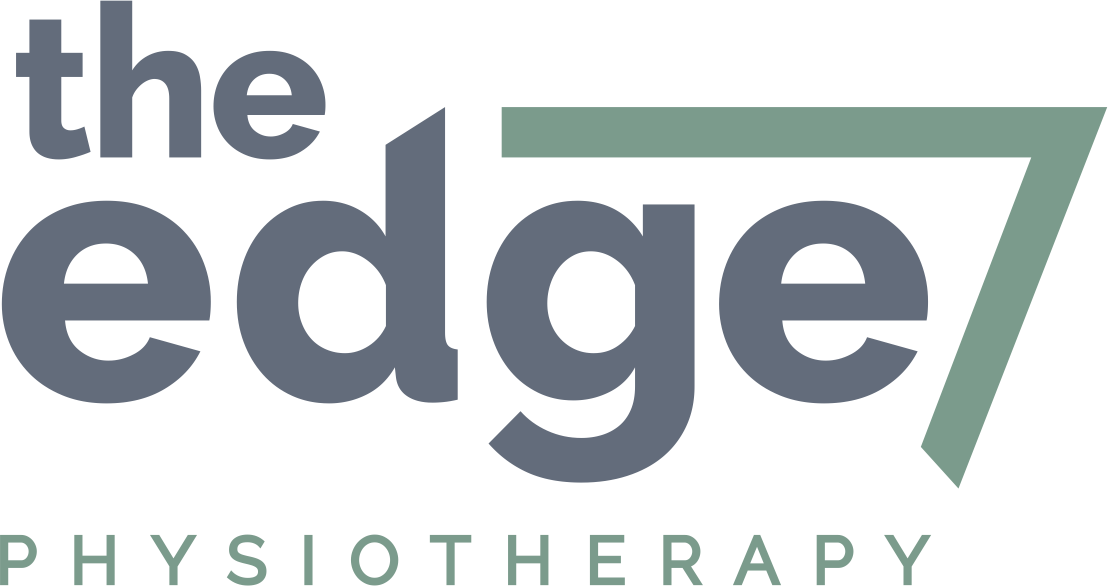Warm Up
Prior to any class, it is a time to arrive early, prepare yourself mentally for the challenge ahead and to catch up with friends who you see in class. These are different to your regular friends, and I have had more than a handful of patients who have spoken about their dance friends vs their school friends. When you are in class, it is a different world, as our senses are enhanced, the lighting changes, intensity in smells (eg. hairspray) are amplified, and sound is more clear. The class schedule is like scripture, followed precisely, we know what is to come and how it all begins.
It is a given that any dance class, performance or exercise session begins with a warm up. Though many don’t think twice about it, it is important that it is specific to the exercise/class you are attending. Apart from the obvious reason that warming up is to prevent injury, other aims of warming up include: increasing blood flow; increased neural firing of muscles; mental preparation; improving extensibility of muscles; improving fascial and joint mobility; improved co-ordination of muscles. While flexibility is important, it is reserved for the end of a session, as there is plenty of research that has come out from reputable sources such as The Australian Institute for Sport, that show that static/holding stretches inhibit muscle firing and increases your injury risk. The warm down is a time for stretching, relaxing and consideration of what has past.
Warming up the ankles and calves on a slope
What should a warm-up include?
The warm-up is generally designed by your dance teacher, and while most sessions are comprehensive, sometimes you need to personalise your own warm-up especially as you get older and have individual needs. For example, perhaps you have tension at the front of your ankles which limits your plie and turnout, as such, you will have your own exercise to loosen this up. Maybe you have some thoracic spine mobility problems, and again you need an additional warm up to amend this. Basic warm-up sessions should include:
balance work
intrinsic foot, core, hip, turnout and calf muscle activation exercises
a small burst of cardiovascular training
fascial mobility exercises for the lumbar, thoracic spine, hips, calves, hamstrings
combinations
In addition to the basics and some specific exercises, I like to add a period of quiet breathing. I will listen to some gentle music, often it is either classical or nature sounds such as crickets in a rainstorm, and practice diaphragmatic breathing or “belly breathing/abdominal breathing”. Studies have shown the benefits of this type of breathing to engage the diaphragm as it teaches relaxation and postural awareness, and aids in mobilising the thoracic spine and shoulder girdle. Physiologically, diaphragmatic breathing improves core-muscle stability, slows your rate of breathing which in turn decreases energy expenditure, improves your ability to cope with intense exercise and reduces your injury risk.
So take the time to embrace the benefits of warm-ups, and the time it gives you to look inwards. If you have any questions regarding this post, please touch base with us via our social media platforms.
Sam


